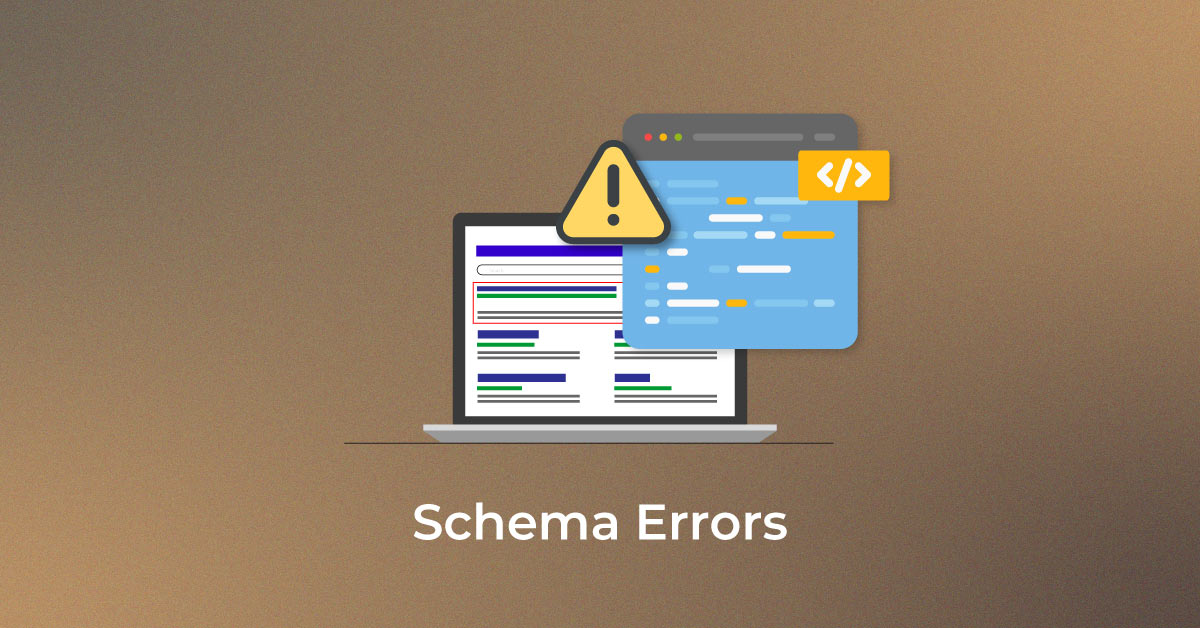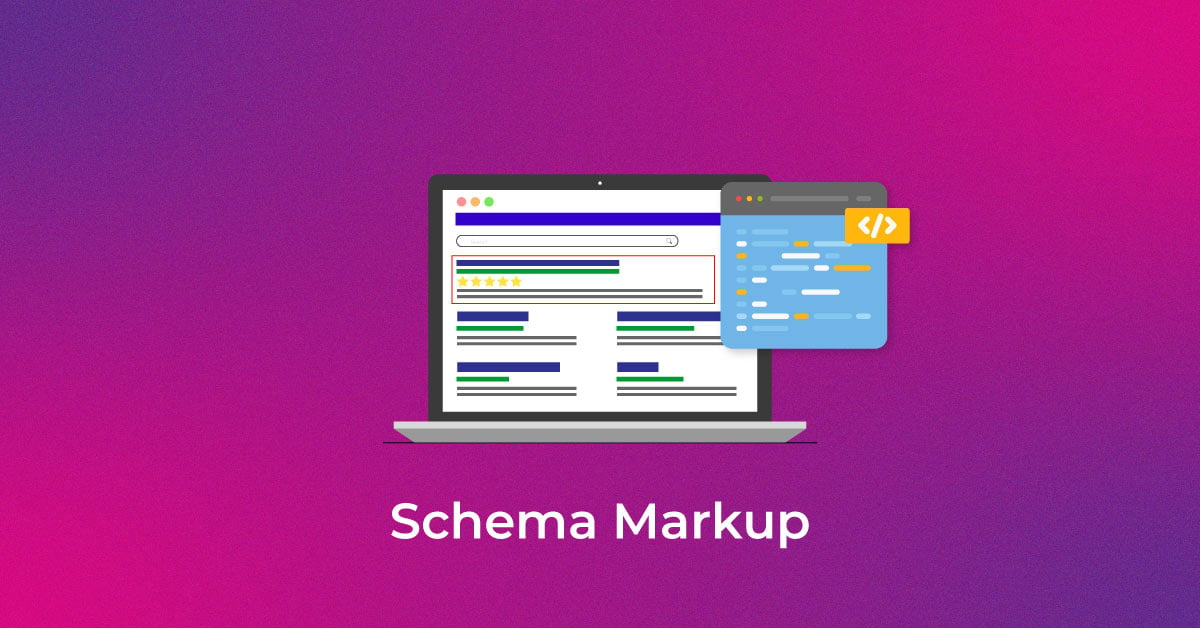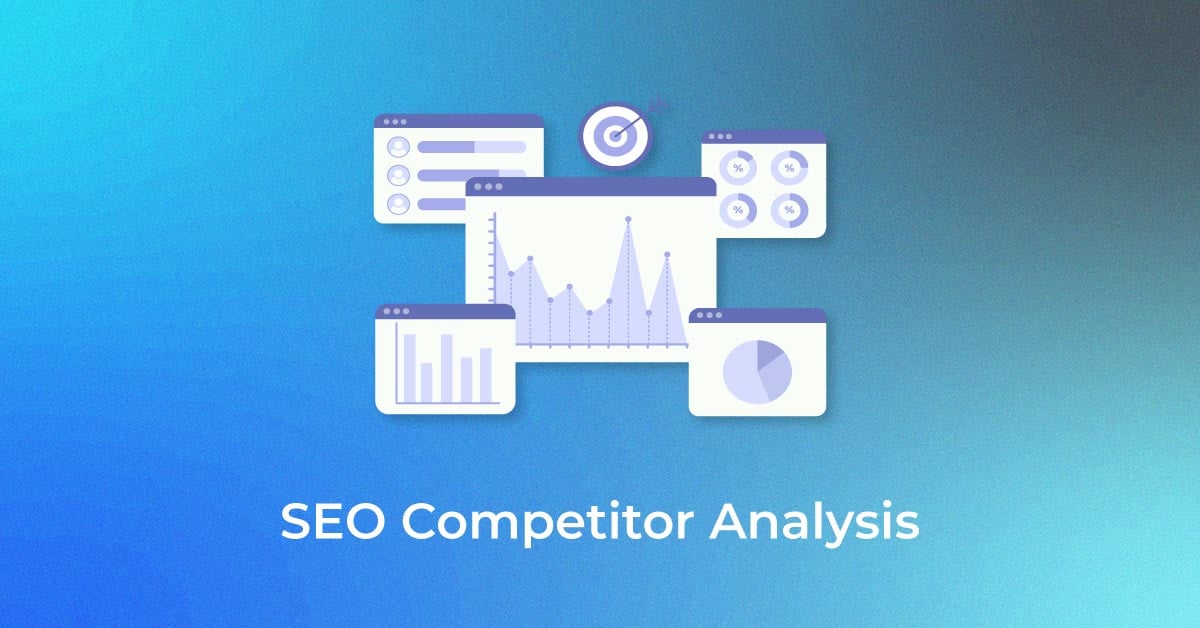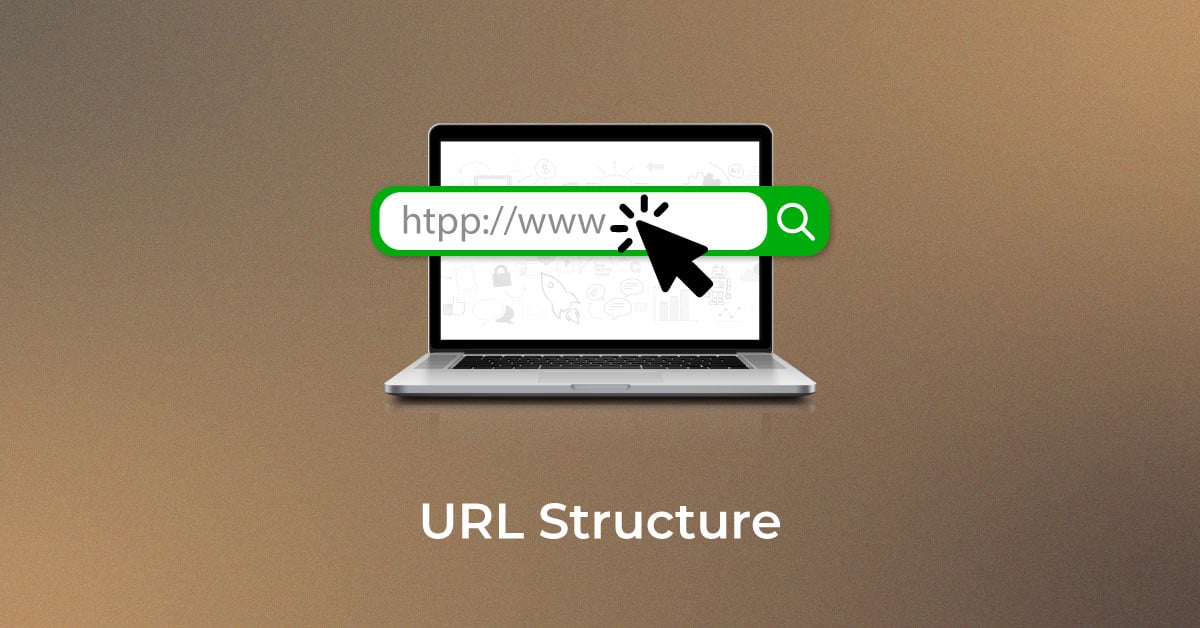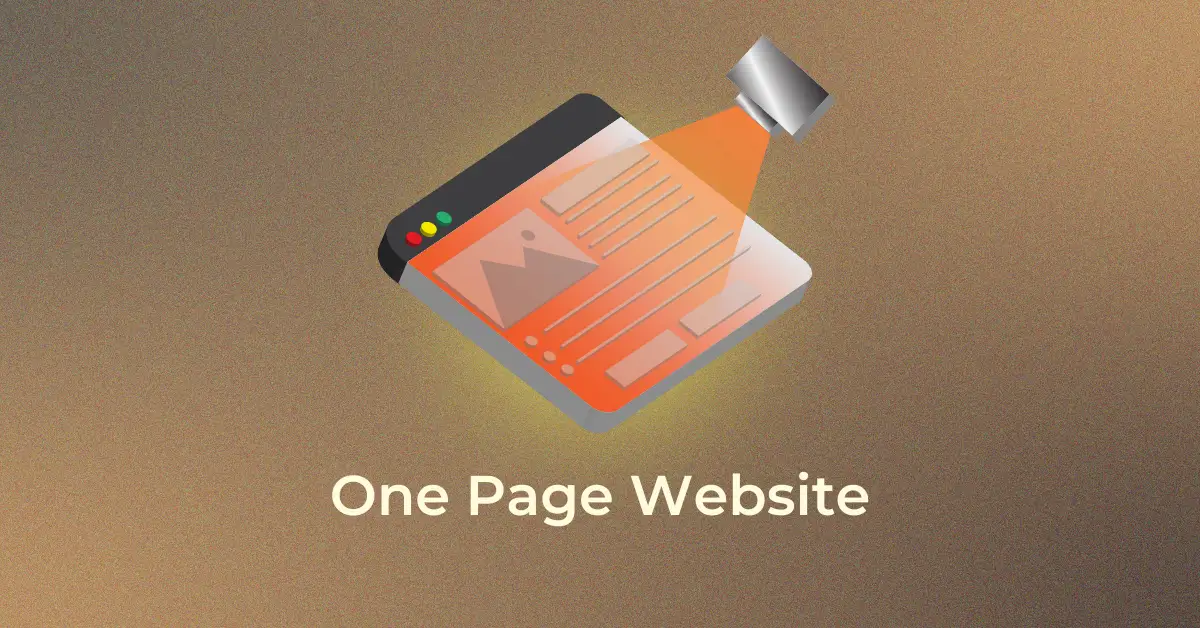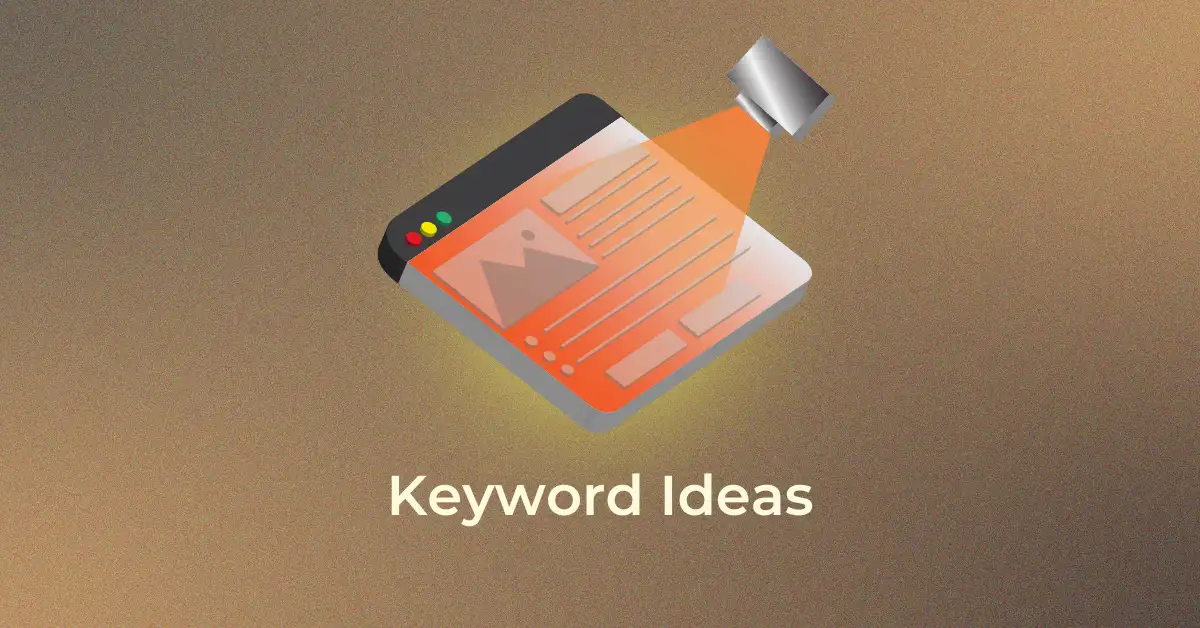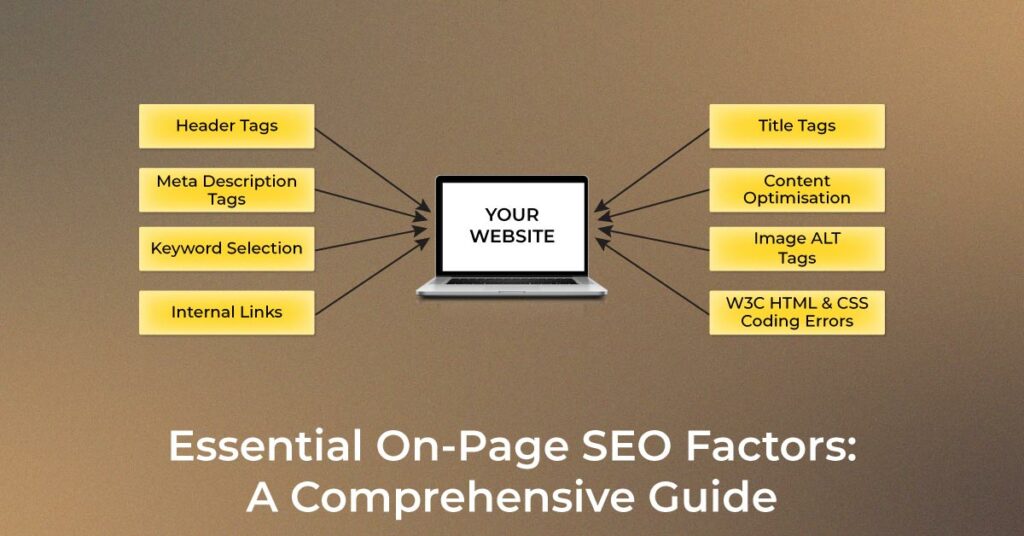In digital marketing, on-page SEO is integral to optimizing websites for better search engine rankings and user experience. Neglecting on-page SEO factors can adversely impact your website’s visibility, organic traffic, and many more factors. This blog will cover the critical on-page SEO factors that can make surprising improvements in your website’s performance. From keyword research and content optimization to title and meta descriptions, header tags, image alt text optimization, URL structure, and internal linking – we will cover it all, providing you with solid insights to implement and elevate your website’s on-page SEO. Let’s start this journey to unlock the potential of on-page SEO factors to boost your online visibility.
What Is On-Page SEO and Why Is It Important?
On-page SEO is a cornerstone of digital marketing, focusing on enhancing individual web pages to rank higher in search engine results pages (SERPs). This practice is more than just inserting keywords; it creates a synergistic effect between content quality, keyword relevance, and user experience. For instance, a well-optimized page with engaging content and strategically placed keywords can increase organic sessions, enhancing user engagement. By aligning your web pages with search engine algorithms and user expectations, on-page SEO makes your site more visible and appealing to search engines and potential customers.
Many research reports have pointed out that SEO-optimised websites have a high chances of ranking on SERP, leading to good CTR, increased organic traffic, and conversions. Furthermore, most top-ranking websites are SEO compliant as their content matches user intent, which gives a better user experience, leading to better visibility on the SERP.
8 Core On-Page SEO Factors You Must Implement
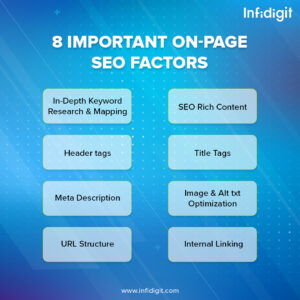
1. In-Depth Keyword Research and Mapping
Keyword research is a crucial on-page SEO factor as it helps understand the intent behind the user search term; it can be informational, Navigational, commercial, and transactional. With the help of keyword research tools like Infigrowth’s Keyword Generator, SEMrush, Ahrefs, Keyword Planner, etc, one can identify relevant and high search volume keywords to optimize their website, which matches the user intent, leading to improved search engine rankings, and driving more organic traffic.
Once done with keyword research, the next thing to do concerning on-page SEO factors is keyword-to-URL mapping, which involves mapping a specific set of primary and secondary keywords to relevant URLs based on the relevancy of the content. Proper keyword mapping ensures that each page is optimized for a unique set of keywords, avoiding keyword cannibalization, where multiple pages compete for the same keyword. Keyword-to-URL mapping is essential because it helps to improve user experience by offering content that matches their search intent, leading to higher interaction and increased conversions. It also helps to monitor the performance of the individual page along with its targeted keywords.
2. SEO Rich Content
Optimized content is one of the essential on-page SEO factors as it helps improve its SERP visibility and ranking. It involves high-quality, relevant, and valuable content that includes a targeted set of keywords that meets the user intent and the audience’s needs. This content appeals to search engine algorithms and engages and satisfies users.
SEO Rich Content is influential because search engines prioritize offering users the most relevant and valuable content. Websites have a higher chance of ranking in search results, driving traffic, and attracting more customers by optimizing content with relevant keywords and providing helpful information. Additionally, engaging content encourages users to spend more time and explore more relevant pages on the website, which reduces bounce rates and increases the chances of getting backlinks, all contributing to improved search engine rankings over time.
3. Header tags
Header tags, or HTML heading tags, separate headings and subheadings on web pages. They play a significant role in on-page optimization as they define the structure and hierarchy of the content. Search engines use header tags to understand the context of users’ search query intent. It will help improve the user experience by making the content easy to navigate, so use proper header tags. Search engines give more weight to the H1 tag, considering it the most important heading on the page. When header tags are used strategically by adding relevant keywords, they indicate to search engines what the page is about, potentially boosting its ranking in search results and driving more organic traffic.
4. Title Tags
Title tags, or meta title tags, are HTML elements that allow you to give a title to a web page. They appear as headlines with links on search engine results pages and at the top of the browser’s tab when a user visits the page. Title tags are crucial because they convey the page’s content significantly to search engines and users. Well-optimized title tags with relevant keywords can improve a webpage’s visibility and click-through rate on SERPs, positively influencing its ranking. A compelling and descriptive title tag can attract more organic traffic to the website, leading to higher engagement and potential conversions.
Best practices for writing Title tags include:
- Try to Include the target keyword at the beginning of the title.
- Keep the length of the title below 65 characters and make sure it gets fully displayed on SERPs – mainly on Mobile devices.
- Write attractive and unique titles for each page based on the content.
- Write titles in a way that if the user reads the title, it should tell exactly what the page is about.
- Avoid using multiple targeted keywords, which may lead to keyword stuffing, a bad SEO practice.
5. Meta Description
A meta description is part of an on-page SEO factor summarising a webpage. It is displayed on SERP below the title and URL; meta descriptions are essential for better click-through rates and rankings. An SEO-optimised meta description can entice users to click on your link, increasing organic website traffic. Along with title tags, search engines consider meta descriptions an important ranking factor, so optimizing them with relevant/targeted keywords with a compelling call-to-action makes them more relevant and engaging. Keep the length of the meta description between 145 and 165 characters, include target keywords naturally, provide a clear and enticing description of the page’s content, and avoid having duplicate meta descriptions across multiple pages.
6. Image and Alt txt Optimization
Image optimization refers to compressing high-quality images with the proper formatting on a website to ensure they load quickly and efficiently. Descriptive image alt-text is a brief description of each web page image. This alt text is a piece of alternative information for an image if a user cannot view it for some reason, like a slow connection, some error at the backend, or if the user is using a screen reader.
From an SEO perspective, image optimization, and descriptive alt text are crucial for several reasons. Firstly, optimized images improve page loading speed, positively impacting SEO rankings since search engines prioritize faster-loading pages.
Descriptive alt text helps search engines understand the context and relevance of images, contributing to better image search rankings. It enhances accessibility, making the website more user-friendly and reaching a broader audience.
By effectively combining these practices, you can enhance your website’s overall SEO performance and deliver a better user experience to your visitors.
7. URL Structure
URL structure is one of the essential on-page SEO checklists; it refers to the format and organization of a webpage’s address. It plays a significant role in SEO because URL structure provides information about the content and purpose of the web page to search engines. A well-optimized URL structure is short and crisp and contains relevant keywords, making it easily readable to users and indexable. Including keywords in the URL can positively impact the page’s ranking in SERP. Moreover, a logical and hierarchical URL structure improves website navigation and user experience. It allows users and crawlers to understand the website’s layout, resulting in enhanced crawling and indexing rates, higher SERP visibility, and organic traffic.
8. Internal Linking
Linking one website page to another within the same domain refers to internal backlinks. It is considered an essential on-page SEO factor as it helps improve website navigation, user experience, and rankings. Internal links also help in enhancing website visibility and indexing pages in search results because when search engine crawlers start indexing a site, they follow internal links to discover more pages. Search engines understand the hierarchy and relevance of content on a website via internal linking, which improves the chances of ranking higher for essential pages in SERP. Internal links also pass the link juice, i.e., the authority and PageRank across the site, strengthening the links’ authority. Internal linking on targeted keywords in the form of anchor text enhances website visibility on SERP promotes content discoverability, and contributes to the website’s SEO success.
Unlock higher rankings, quality traffic, and increased conversions through tailored award-winning SEO strategies.
Elevate your web presence by Infidigit’s SEO solutions.
Unlock higher rankings, quality traffic, and increased conversions through tailored award-winning SEO strategies.
Additional Key On-Page SEO Factors to Boost Performance
Once you’ve covered the basics, it’s time to go beyond the core elements. These additional on-page SEO factors play a crucial role in enhancing user experience, building trust, and improving your overall search visibility. Let’s explore the advanced elements that can give your website a competitive edge.
9. External Linking (Linking to Authoritative Sources)
Linking to reputable, high-authority sources adds credibility to your content and helps search engines understand its context. It also improves user trust, especially when you reference data, studies, or expert insights. Just make sure the links are relevant and add real value to the topic.
10. Schema Markup (Structured Data)
Schema markup is a type of code that helps search engines interpret your content more clearly. By using structured data, you can enhance your listings in search results with rich snippets—like reviews, event dates, or product pricing—which can improve visibility and click-through rates.
11. Page Load Speed
Site speed is a confirmed Google ranking factor. Slow-loading pages can frustrate users and lead to higher bounce rates. Use tools like Google PageSpeed Insights to identify and fix speed issues by optimizing images, reducing server response times, and minimizing code.
12. Mobile Friendliness / Responsive Design
With mobile-first indexing in place, it’s essential your website works smoothly on smartphones and tablets. A responsive design adjusts layout and functionality based on screen size, offering a seamless experience for users—something both visitors and search engines expect.
13. Content Freshness & Updates
Google favors fresh, updated content, especially for time-sensitive topics. Regularly updating your articles with the latest facts, stats, or examples shows your site is active and reliable. It also gives you a chance to re-optimize older posts for better performance.
Last Words
This blog covers all the critical factors of on-page SEO factors. It showcases the significance of various on-page SEO factors like keyword research and targeting proper keywords to boost visibility and traffic. Writing high-quality content along with appropriate header tags with targeted keywords improves content structure and readability, which will engage users and improve search rankings. optimizing the Title and meta Description will lead to high CTR. An SEO-friendly URL structure improves user experience and search engine crawling. Lastly, internal linking helps users navigate the site easily and allows search engine crawlers to crawl and index pages to rank them effectively on SERP.
FAQs About On-Page SEO
What is the most important on-page SEO factor?
While several elements matter, high-quality, keyword-optimized content is the most important on-page SEO factor. It ensures relevance to user intent and helps search engines understand what your page is about.
How do I optimize images for on-page SEO?
Use descriptive file names, compress images to reduce load time, and add relevant alt text that includes target keywords. This improves accessibility and helps search engines index your visuals properly.
How is internal linking helpful for SEO?
Internal links help distribute page authority, guide users to related content, and make it easier for search engines to crawl and index your website effectively.
Is keyword density still relevant in 2025?
Yes, but it’s more about keyword placement and context than exact density. Focus on naturally incorporating keywords in headings, content, and metadata without overstuffing.
How does schema markup improve SEO?
Schema markup helps search engines understand your content better and enables rich snippets in search results, which can boost your visibility and click-through rates.
Popular Searches
How useful was this post?
4.2 / 5. 15










